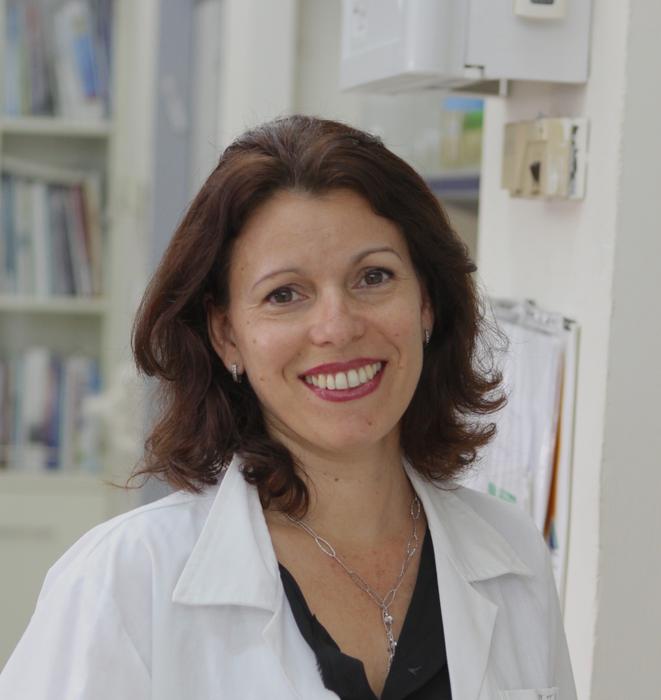Developed and patented(1) in 2012 and 2014 in the Laboratoire d'Analyse et d'Architecture des Systèmes (LAAS-CNRS) and implemented industrially by Picometrics-Technologies, BIABooster technology can characterize DNA with new precision and sensitivity. When used to analyze residual DNA circulating in the blood, it has identified promising signatures for monitoring patients with cancer. These signatures, presented in the March 20, 2018 issue of Analytical Chemistry, could be confirmed by a larger study led by teams at the Université Paris Descartes, INSERM, AP-HM and AP-HP (Hôpital Européen Georges-Pompidou).
In the human body, occasional cell death translates into degradation and release of their DNA, which then circulates in the blood, before being eliminated. Prior studies have shown that cancer patients had high levels of DNA fragments in their blood. However, factors such as a rich diet or physical effort may also be responsible for this high level of DNA fragments. BIABooster achieves sensitive and fast analysis on DNA molecules, opening new avenues for improved characterization of the composition of this residual DNA fraction in the blood and therefore specification of its origin.
To analyze DNA, the BIABooster device operates in two in-line concentration and separation steps(2). First, the DNA is concentrated via a system of capillaries formed from the junction of a small capillary and another with a larger cross-section. The researchers make a solution containing the DNA flow into the large capillary and use an electric field with low amplitude to slow migration. The change in flow rate and electric field in the constriction stop the DNA and concentrate it like a "wafer." This wafer is then released through the progressive drop in the electric field, which also separates the fragments according to size.
The researchers have been using BIABooster since 2016 and have defined a protocol presented in Analytical Chemistry. In about twenty minutes, the tool detects DNA up to a concentration of 10 fg/μL(3). It determines the concentration and size of a sample with, respectively, precisions of 20% and 3%. It has been shown to be particularly suited to tackling the profile of DNA in the blood circulation for healthy volunteers or patients with cancer, both in terms of concentration and size profile.
Beyond the technical prowess, the researchers decided to use this device to analyze about one hundred clinical samples from patients with cancer that came from the Hôpital Européen Georges-Pompidou AP-HP and AP-HM hospitals. Their first results confirm that the presence of low molecular weight DNA in high quantities may be relevant clinical information for patient monitoring.
This has to be confirmed by a larger study led by teams at the Université Paris Descartes, INSERM, AP-HM and AP-HP (Hôpital Européen Georges-Pompidou).
###
(1) Patents PCT/EP2015/067826 and WO/2014/020271.
(2) In usual molecular biology methods, the samples are processed in several steps, and often using several machines. This is the case for DNA concentration, which is generally achieved via ethanol precipitation followed by analysis on electrophoresis gel. Here the technology developed works in-line, i.e. with only a single instrument and without operator intervention.
(3) i.e. 10 femtogram (unit of measure for mass in the International System of 10?15 gram) per microliter (10?6 liter). This is 1 million times more sensitive than the typical concentration for an analysis on agarose gel.
Media Contact
Alexiane Agullo
[email protected]
33-144-964-390
http://www.cnrs.fr
http://www2.cnrs.fr/en/3083.htm
Related Journal Article
http://dx.doi.org/10.1021/acs.analchem.7b04034





